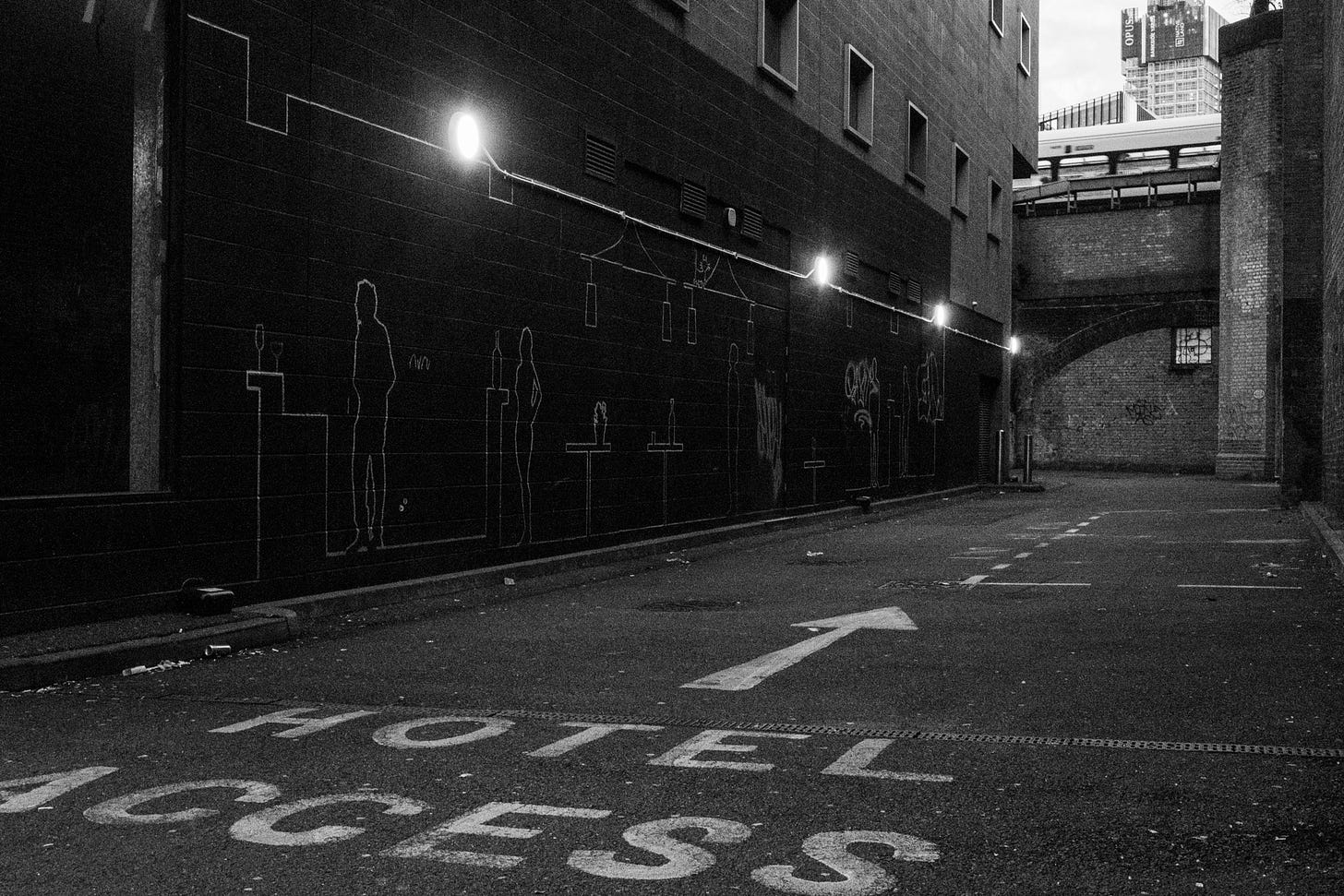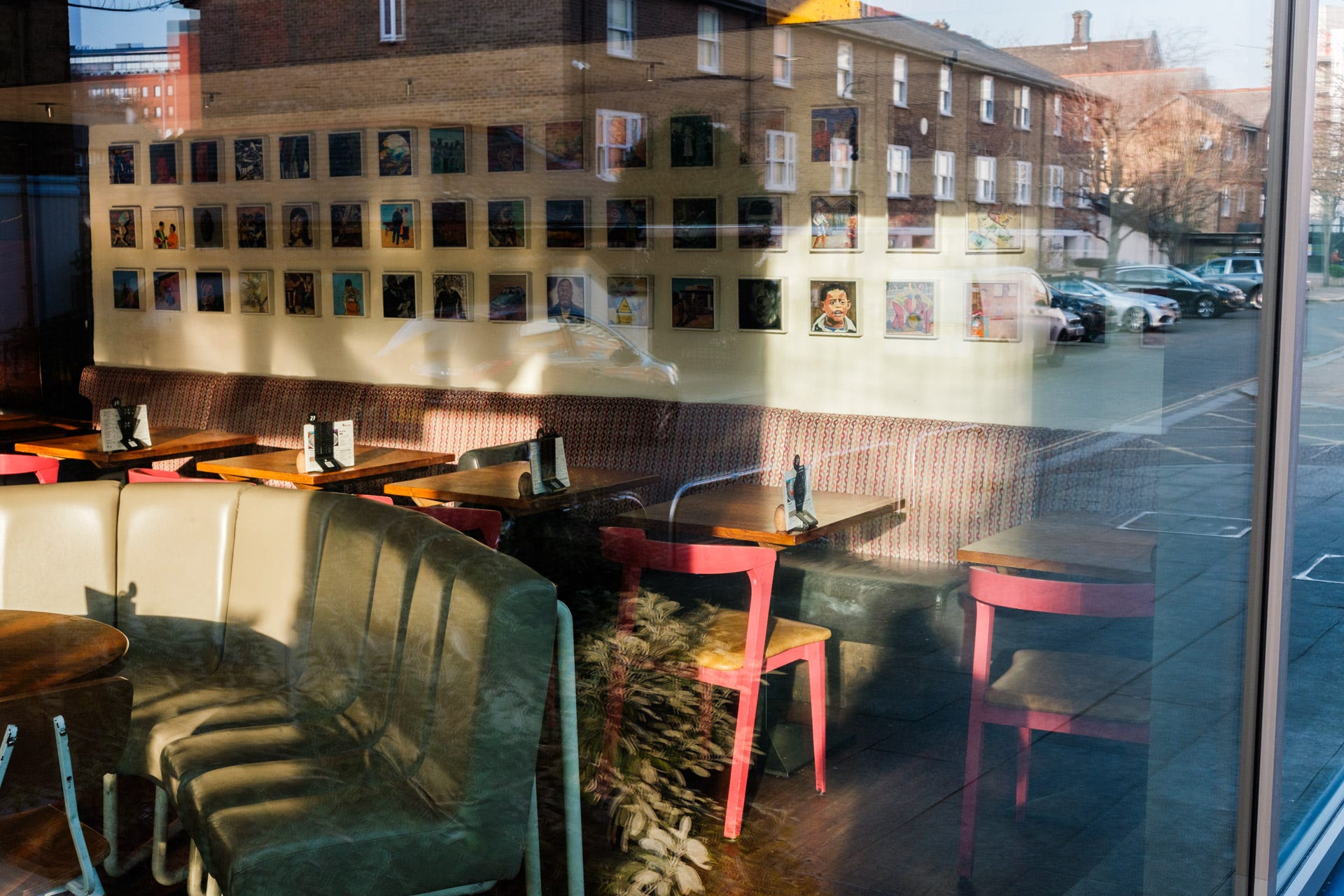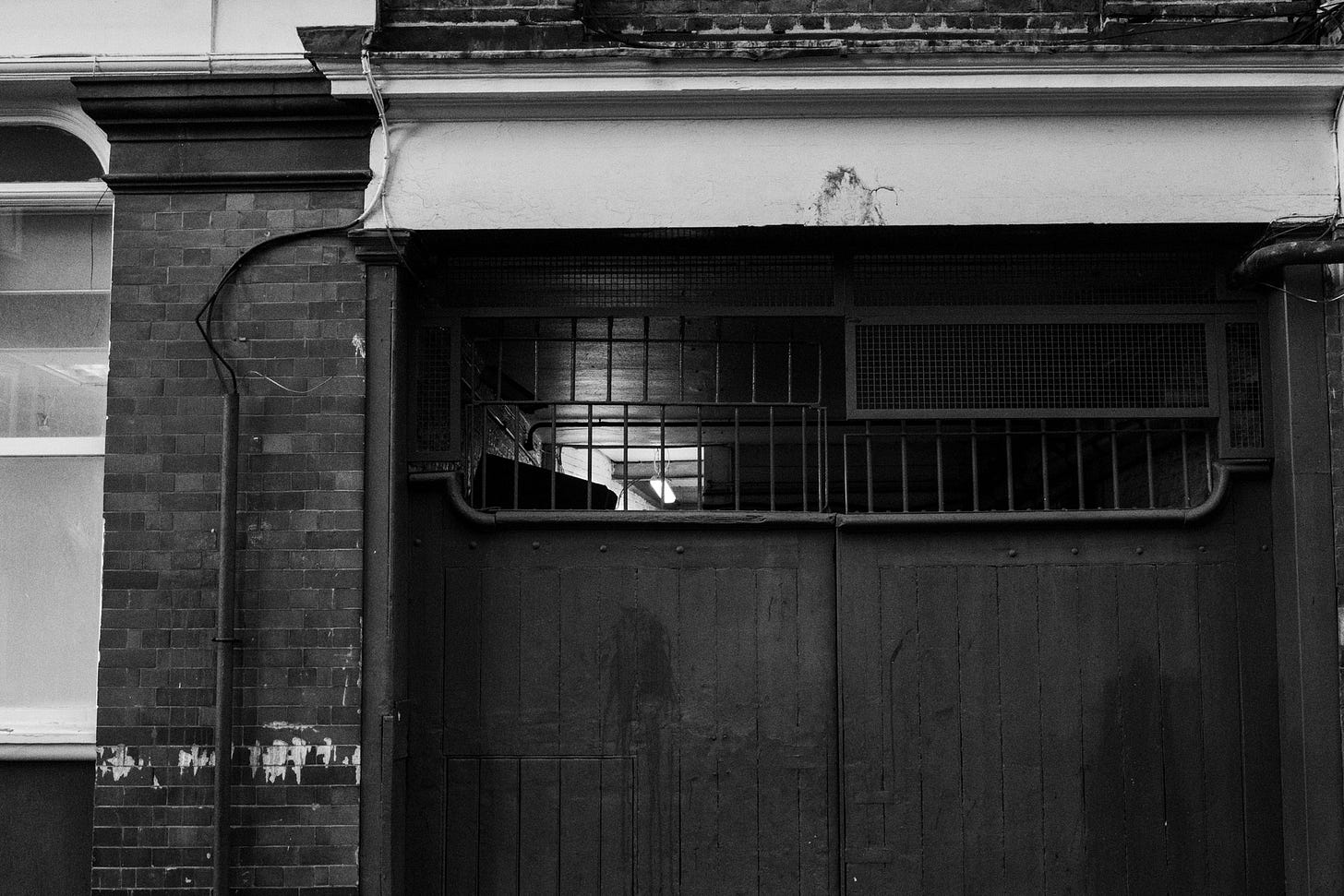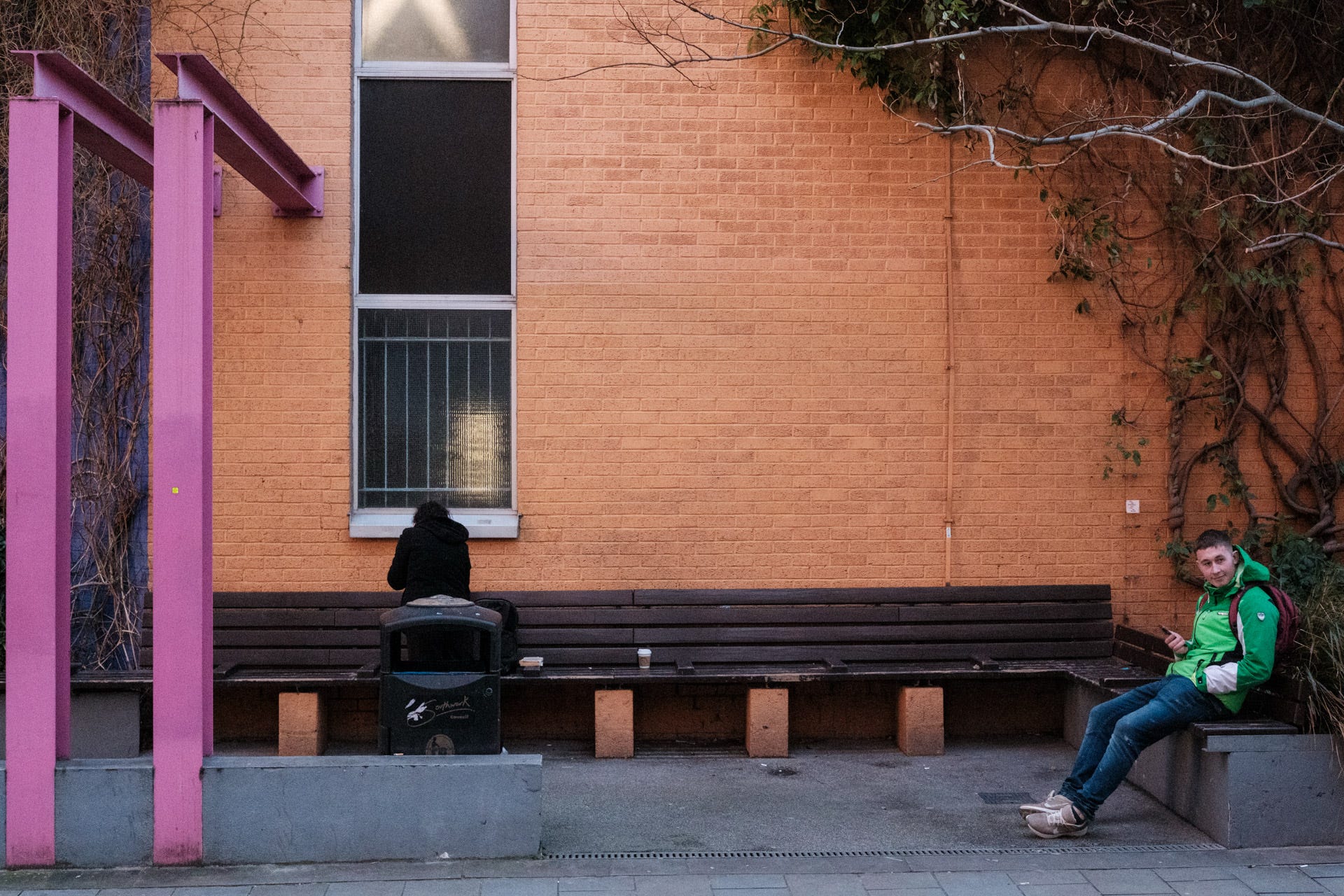Sometimes the planets do not align (OK this week they did, literally, but this is a metaphor…), sometimes best intentions stay just that, intentions. Sometimes an ambitious post idea just proves too hard – and that is what happened to me, hence pausing last week and simplifying my approach this week. So apologies folks, but my plan for a grand post on how I work through my creative process, with diagrams, examples and a deconstruction of how I’m approaching the next image in the Inflection Project, as well as quite possibly the promise of world peace a banana bread recipe, I’m having to going with a Plan B.
I’m looking today at the power of stillness and absence in photography. Sometimes an lack of activity in a photograph tells us more than the literal action could ever do… and helps us keep in frame fewer or more subtle details.
A quick welcome to any new and new-ish subscribers and followers – I’m so glad you’re here! And thank you everyone for giving up some of your time to peruse my posts, and please let me know if you want to see more/less of anything. +Comments most welcome.
The unknown path
Sometimes a story starts with just a direction, and a hint of what is out of sight. With photography, what is around the corner is out of reach forever, but that doesn’t mean we can’t speculate what it might be.
It helps of course if it is something unusual, something intriguing or a cultural hint that carries with it information we can speculate about. Using arrows, winding roads or paths, or corners that show us a little of what might be out of sight – like a daring glimpse of an ankle in a Victorian show.
Whilst I always think it’s the job of the photographer to simplify the world, focus on a few elements that come together and tell a story, it is often better to leave a few things unsaid, undescribed to make the image more powerful.
A moment of light
Photography of course is the capture of light in a moment of time. This is sometimes easy to forget, as our brains process the meaning of everything we see. Tthe way light works in and across an image tells us a lot, and can become the subject itself. It can tell us the time of day, the shape of the space, and even ‘state of activity’ (on inactivity) in the place we are pointing the camera at.
This is often why more light, and therefore shadow, is often better. That ‘golden hour’ when the sun starts to go down, the contrast ramps up, the colours warm and the shadows lengthen, quickly makes photos a little more compelling, a little more impactful. And if the reason to take some pictures can simply be 'because the light is great right now’, there is nothing wrong with that!
Because details matter
Particularly in urban environments, there are thousands of details, built up over time as a place changes, decays, gets renewed and declines again. A detail, a mere glimpse can be enough to tell us more than enough. The same detail as a video? Just not compelling in the same way. As photographers we have the power to focus attention on something we think is telling, and speaks to a wider truth about the environment we are in, or the story we want to tell.
Do not underestimate the ability of a minor detail – that anyone walking past would disregard – captured in a frame, one moment, can say so much. It can also remind us all to pause and take stock, appreciate a little more what’s around us and not take too much for granted.
Joining in with the pause
In today’s world, where are culture focuses so much on action as a positive, and inaction as a negative, we all need to pause sometimes. Capturing these moments is another way to make stillness work for us. This stillness helps focus the attention on the meaning of the environment as well as the people in it. Why are they there? What drew them to that place? Why is it worth stopping and not going a little further?
It also means we have a little more time to compose the shot, find the angle that works for the composition, look for the dynamic between subject and the space, and pay attention to how the light and how the colour tells its own story.
An issue of context
Another benefit of not focusing on action and activity is that it frees us up to focus on context, contrast and juxtaposition – which I’ve written about before here. By drawing attention to elements that don’t normally go together, but exist unnoticed or disregarded. Some of the greatest photographers, and photographs, use these elements to make the meaning of their images even more powerful.
These images often don’t seem very interesting at first glance, but we all should reflect that our point of view and experience is unique, and therefore these photographs can communicate more powerfully than we often realise.
A new marketing mini-series
Over the last few months, as part of my professional life / work, I have been hosting a series of roundtable discussions all about thought leadership with CMOs and marketing leaders. It’s been a great series of events, and thought I would share here a summary of each roundtable in some posts over the next few weeks.
The events explore each aspect of thought leadership for business, what it means, how it needs to be put together, and what value it can create. We have also covered the impact of AI, the role of PR and the challenges when ‘selling’ this activity internally – often to the founder or CEO.
For each one I’ve designed a simple infographic/diagram to provoke discussion and frame the debate, which I’ll share here as well.
It’s slightly off topic for this Substack, but creativity in business is just as important as our personal explorations, perhaps more so given the relentless drive for revenue and short term targets.
Anyway just a heads up you’ll see some of these posts popping up midweek from time to time.
Until next time.









